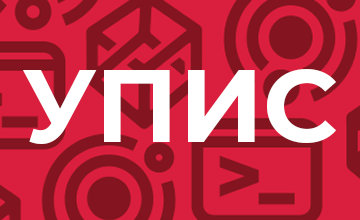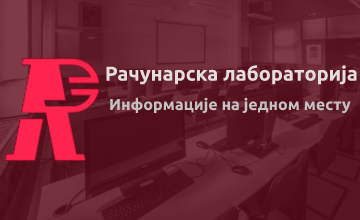Mechanics Seminar, 4th July 2011.
- 01. July, 2011
- Comments (0)
The next meeting of the Seminar will be held on Monday, 4th July at 13:00, at the Mathematical Institute of SASA, room F 307
Lecturer: Prof. Subhash C. Sinha, Alumni Professor and Director of Nonlinear Systems Research Laboratory, Department of Mechanical Engineering, Auburn University, AL 36849, USA
Title of lecture: ANALYSIS AND CONTROL OF PARAMETRICALLY EXCITED SYSTEMS: A NEW APPROACH
Abstract:
A general framework for the analysis and control of parametrically excited linear/nonlinear dynamical systems is presented. This class of problems appears in the modeling of rotorcraft blades in forward flight, asymmetric rotor-bearing systems, automotive components such as connecting rods, universal joints, asymmetric satellites, fluids under gravity modulations, etc. These dynamical systems are represented by a set of differential equations which contain time-periodic coefficients. First, an efficient computational scheme for the solution of linear problem is discussed through an application of Chebyshev polynomials. The idea is further developed to obtain the Lyapunov-Floquet (L-F) transformation associated with a linearized or a quasilinear time-periodic dynamical system. An application of L-F transformation yields equivalent systems whose linear parts are time-invariant. Therefore, the controls for all time-periodic linear systems can be designed using the standard time-invariant methods such as pole placement or optimal control theory. A symbolic control technique for Floquet multiplier placement is also suggested for linear time-periodic systems. In the case of nonlinear systems, a periodic orbit in the original coordinates has a fixed point representation after the L-F transformation. The local stability and bifurcation analyses are studied via time-dependent `center manifold reduction` and `normal form theory`. Results for fold, flip and secondary Hopf bifurcations are discussed. Bifurcation control and feedback linearization techniques for nonlinear time-periodic systems are also developed and applied to some typical problems. Further, the order reduction problem associated with free and forced parametrically excited large-scale nonlinear systems is also addressed using an invariant manifold approach. A methodology for reducedorder controller design is also suggested. The practical significance of these approaches is demonstrated through simulations and experimental investigations of a number of mechanical systems. These include vibration control of a multi-bladed rotor, shafts supported by magnetic bearings, bifurcation analyses of a flexible slider crank mechanism and an autoparametric mechanical system, among others.




Comments(0)